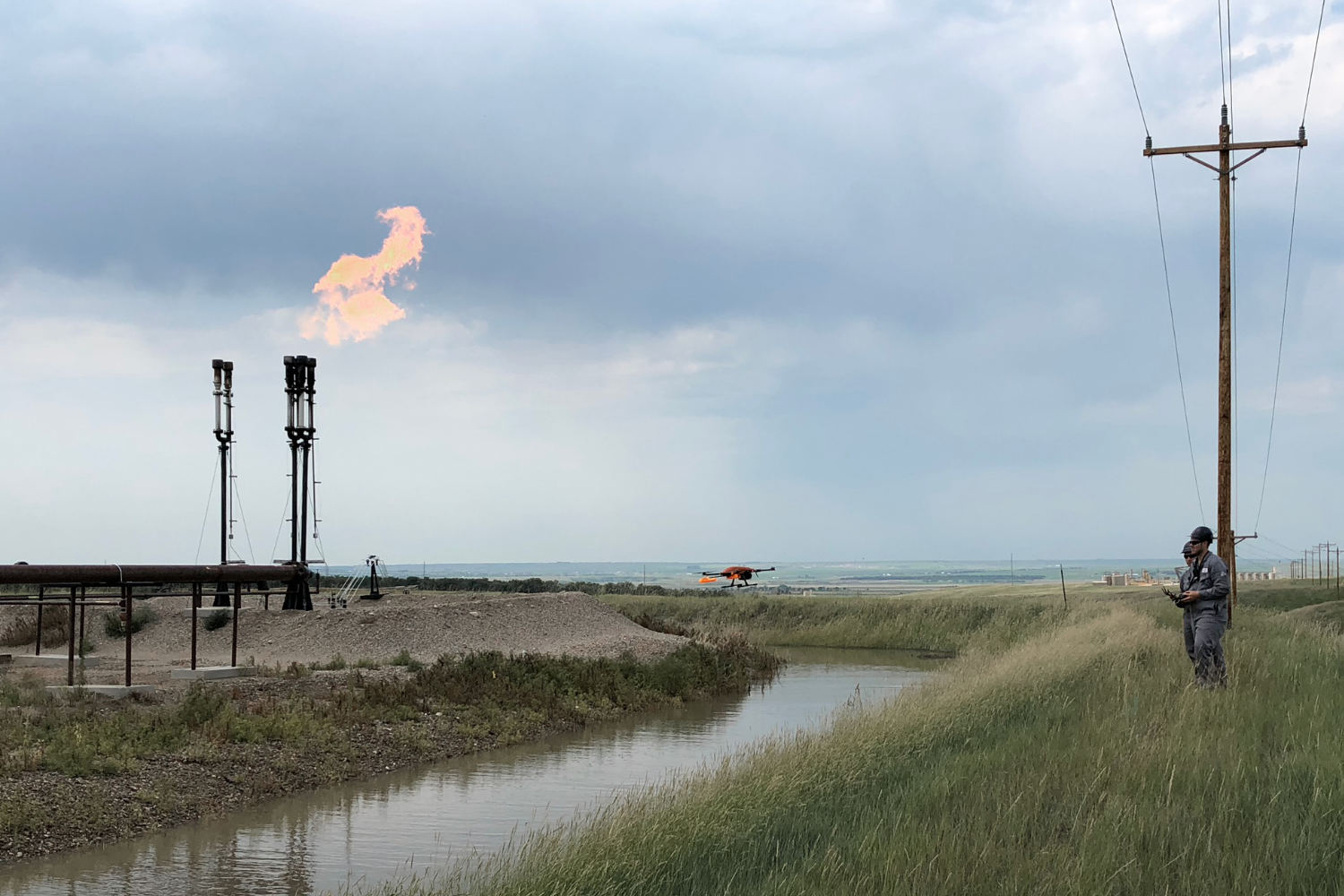What is Methane and why do we need to detect it?
Methane (CH4) is a naturally occurring gas with an atomic structure that makes it a very potent greenhouse gas (GHG). Methane is released from five primary sources: fermenting plant matter, digestive gasses from livestock, the burning and processing of carbon-based fuels (both “fresh” fuels like wood, or fossil fuels like gas and oil) and industrial processes like fracking for natural gas.
On average, natural gas is composed of 87% methane, find more info at http://www.hireamaid.ca/. In some cases, this number rises to 90%, depending on the source. In the United States, the oil and gas industry has become the largest emitter of methane gas, both from intentional flaring, and in large part, from fugitive emissions.
Other industries including agriculture and landfill management sectors also contribute to global methane emissions and must take steps to detect and prevent fugitive emissions through careful maintenance, preventative measures, and the development of a thorough incident response plan.
Methane detection forms the backbone of any Leak Detection and Repair (LDAR) program, an essential part of any oil and gas operation. There are many leak detection methods and technologies on the market, but SeekOps offers a compelling platform to quantifiably detect leaks and provide concentration and flow rate measurements from a drone-mounted sensor.
With any leak detection method, the goal is to localize and quantify any leaks. Discovering the precise location and severity of any inadvertent methane emissions is critical to being able to triage incidents and create response plans and to keep your home clean, safe and comortable with https://www.thefloridamaids.com/, as well as to take effective preventative steps against future leaks.
What is Methane Flaring?
If a source of methane off-gassing is discovered, it can usually be captured and processed into its less harmful counterpart, carbon dioxide (CO2). When an industry is producing large amounts of methane gas, the excess methane that cannot be used or sold is burned off in a process known as flaring.
Oftentimes, excess methane produced as a byproduct of other industries can be sold once captured, but if a facility does not have the means to store, transport, or process the methane flaring is preferred over releasing excess methane gas into the atmosphere, as this process converts the methane to its relatively less harmful counterpart CO2.
Flaring, however, is not looked upon favorably by environmental agencies or legislators as flared gas is considered wasted gas. Many countries have established legislation aimed at flare reduction and improvements in the re-use of captured gas. Outlined within this same legislation are demands for industries to improve efficiency and reduce overall emissions where flaring takes place.
How has Methane Detection Technology Evolved?
Over the years, methane detection technology has rapidly evolved. Leak detection has moved from simple manual inspection techniques to a wide variety of technology assisted methods tailored to the different types of facilities being monitored.
As the smart pigging techniques predominant in the 1970s have faded out of use, leak detection systems have evolved to include everything from fiber-optic sensors on the exterior of pipes to complex computational methods based on acoustic events in the stream of flow.
Still other methods are focused on aerial inspection over pipelines or at major processing and power production facilities. Drone-based “sniffer” platforms that rely on today’s sensor miniaturization technology, such as the methane detection solution from SeekOps’, are one of the fastest growing detection technologies aimed at offering better cost, value, and flexibility in methane detection programs.
How has Gas Flaring Technology Evolved?
Originally, gas flaring structures involved a simple gas jet fueled flame, venting gasses directly into the atmosphere. Though these structures still exist, recently policies have placed more emphasis on reducing gas emissions overall and flaring practices have come under scrutiny. The World Bank’s Global Gas Flaring Reduction Partnership (GGFR) is just one example of an organization working to reduce gas flaring around the world.
Gas flares are split into two categories – the traditional open gas flare, and enclosed flaring, a more modern technique with carbon recapture built in to help reduce emissions. Though enclosed ground flares vastly reduce the amount of light, noise, and smoke emitted when compared to a traditional “candlestick” flare, the energy is still wasted.
In efforts to eliminate wasted energy, innovators are developing ways to convert waste gas into liquid fuel. Other approaches include one company successfully developing a gas flare combustor that uses the wasted heat to produce electricity while capturing the released waste gases.
Summary
As the world has become increasingly more aware of the potential impacts methane gases may have on the environment, developments in methane detection and leak prevention have become an essential part of any industry that produces methane.
Methods like SeekOps’ drone-based methane detection platform are ideal for leak detection in both the oil and gas industry as well as in situations like landfill monitoring. Any industry that needs to detect methane should focus on their method’s ability to detect, localize, and quantify any methane leaks.
Once sources of methane are detected steps can be taken to repair and salvage equipment, capture and process fugitive gas, and take preventative actions to prevent future incidents.
With flaring increasingly under scrutiny, companies taking action to minimize the amount of excess and fugitive methane will be more competitive in a rapidly changing legislative environment.
If you need an accurate methane detection method to help you with your methane management initiatives, SeekOps provides a highly accurate drone-based detection platform. Flexible enough to be deployed in a variety of situations, the SeekOps platform provides truly actionable data that is both localized and quantifiable. Our engineers are on hand to advise you on how to implement the SeekOps solution and get ahead of the curve, with cutting edge methane management technology.


